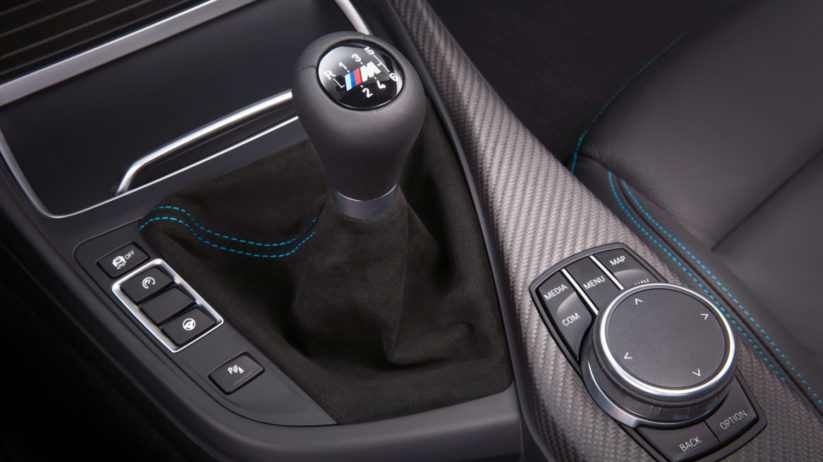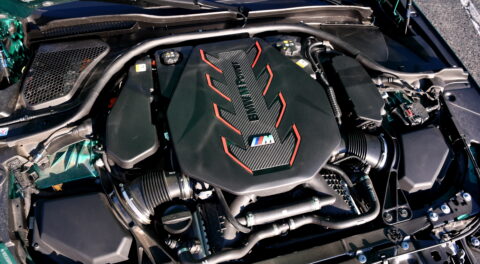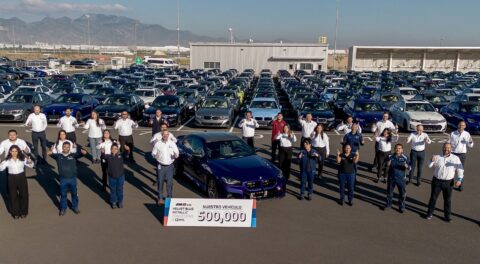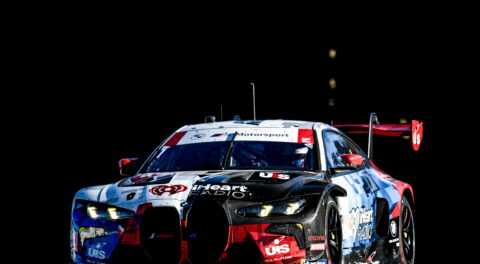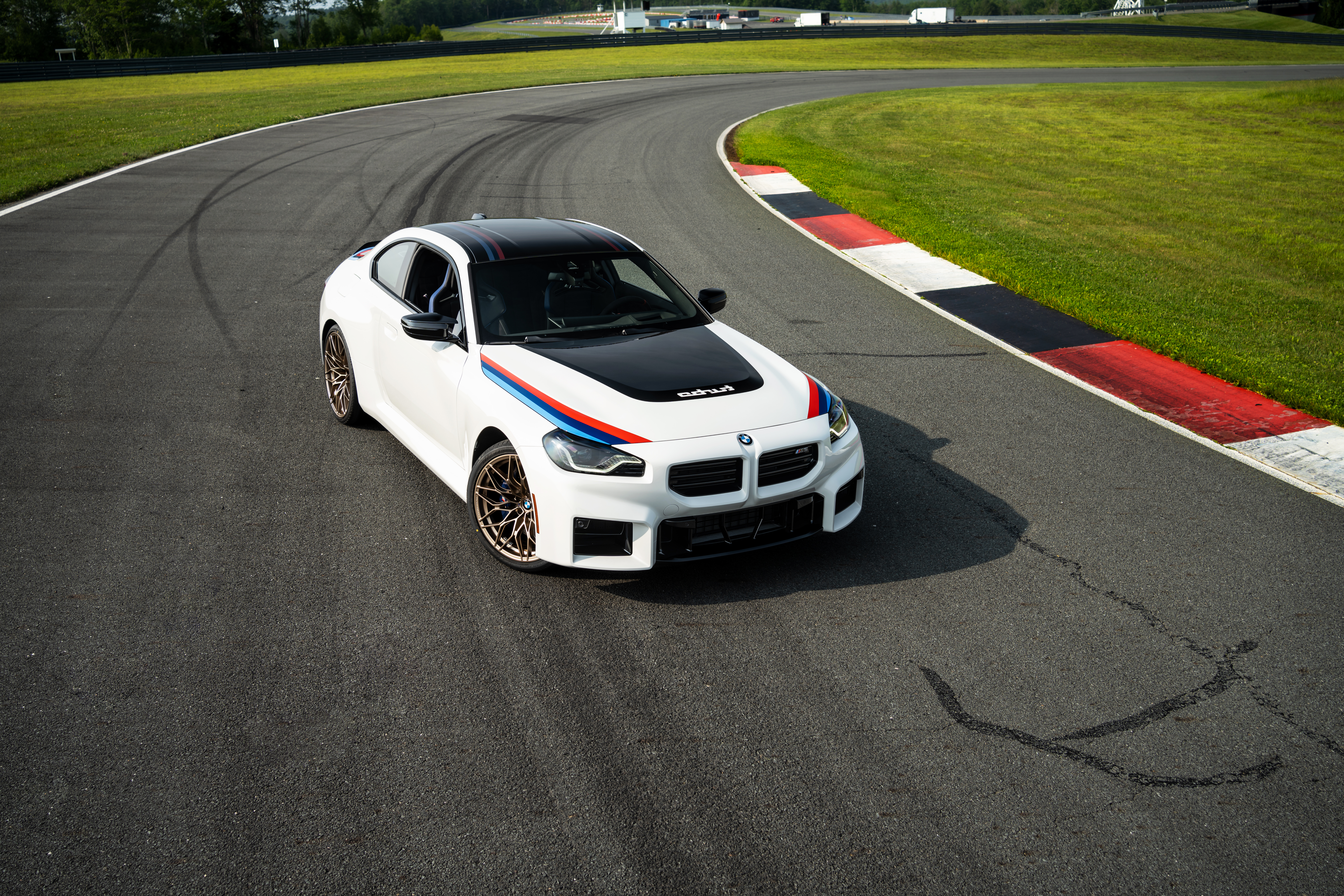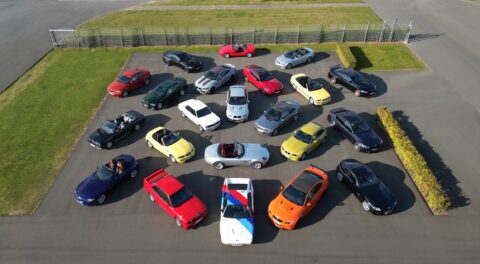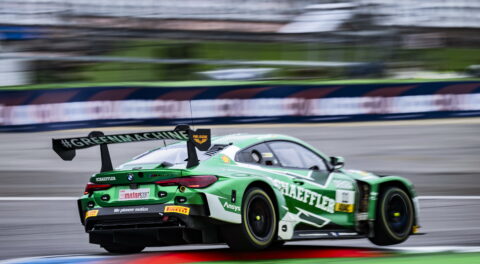With every new refreshing of the M lineup comes renewed fear that the manual transmission will be dropped from future build sheets. We’ve already lost the M5, as the current-generation F90 is only available with an eight-speed auto. In Europe, this trend began with the E60 and F10, although those platforms were given special exceptions to assuage U.S. buyers.
We have good news, however, and it comes from an individual with quite a bit of authority relating to the matter: M GmbH boss Frank van Meel.
In recent discussion with CarAdvice at the launch of the new M2 Competition and M5 Competition models, Van Meel explained that manual-transmission take-rates continue to be very high in the U.S., with over 50% of M2s being sold with three pedals. The M3 and M4 have reportedly helped as well, and as long as customers continue to “vote with their wallets,” BMW will continue to fulfill demand.
It’s these same take-rates that drove BMW to offer a manual transmission for the E60 M5, which was originally developed exclusively with a seven-speed SMG. Unfortunately, the same did not hold true of the F10 M5, which saw far fewer individuals opting to row their own gears. Interestingly enough, though, as this article is being written, you can still build an M6 Gran Coupé with a six-speed on BMWUSA.com.
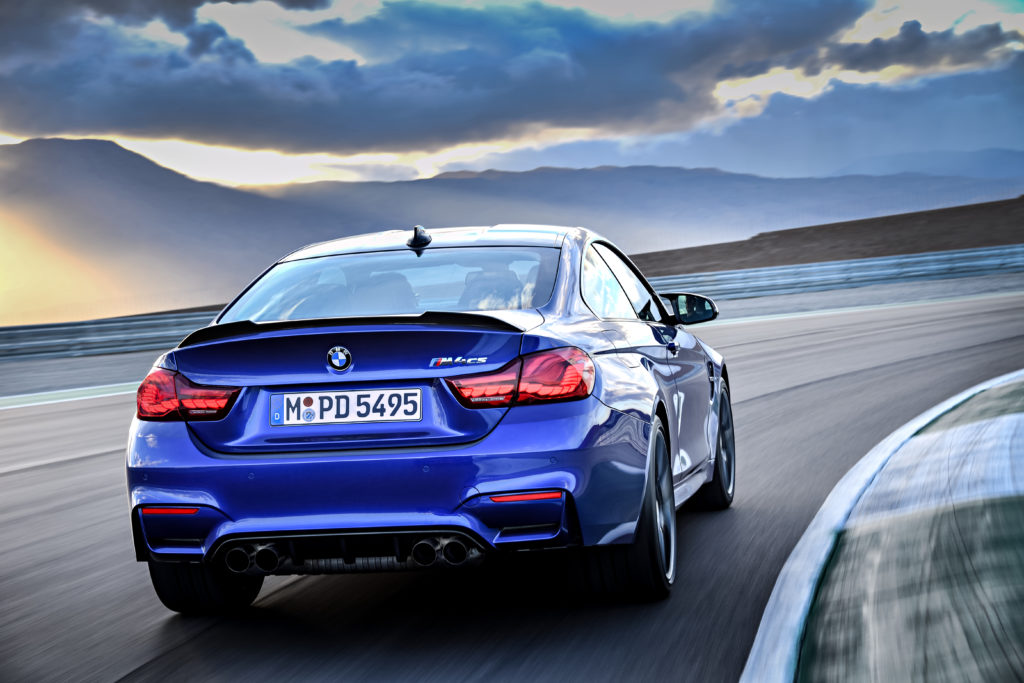
Van Meel admits that from an engineering standpoint, the manual transmission has long outlived its practicality. With today’s wicked-smart and ultra-fast dual-clutch and conventional torque-converter automatics, manual transmissions—when you can get one—almost universally translate to lesser performance and decreased fuel economy. Aside from being slightly lighter, which still can’t make up for the performance deficit in most modern vehicles, the root of their appeal exists in people’s desire to have remain emotionally involved with their vehicles, even if it means sacrificing a few fractions of a second from their lap times.
And when it comes to the emotions of consumers, BMW has a unique way of remaining in tune with what individuals want, and demand for manual transmissions isn’t the only example of the company acquiescing to market desires—remember the E36 M3 letter-writing campaign?
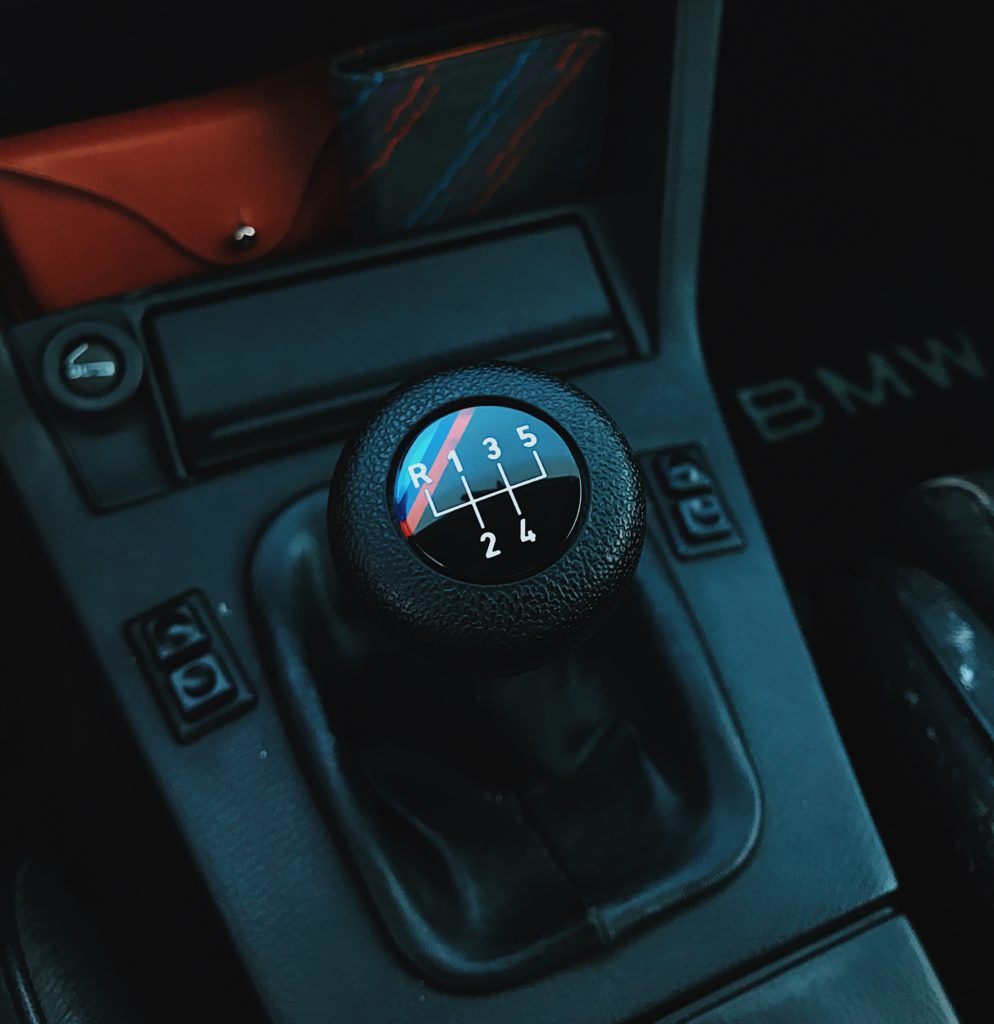
But on a broader scale, it looks like the end of the manual transmission is still on the horizon. Automotive journalists have been talking about this sort of thing for a long time, warning that the inevitable death of the stick-shift automobile is just a few model years away—and today, things really do seem unavoidable. Subsets of customer bases, which is what manual M car buyers represent today, along with those who purchase other three-pedal budget vehicles like the current Volkswagen Jetta, can only keep things going for so long.
And far beyond take rates is the forthcoming shift into complete automation.
In a world that exists just a few short years from now, we’ll all be wondering how we ever survived without being able to conjure up immediate on-demand, fully autonomous transit back to our domiciles as we stumble out into the morning light after an evening of libations. As far as mainstream transportation is concerned, three pedals are incompatible with this future society.
The good news on this front is that BMW is ready to meet us in the autonomous future, and until then, they’re happy to continue the age-old handshake that is manual-transmission driving.—Alex Tock
[Photos courtesy BMW AG, Alex Tock.]

